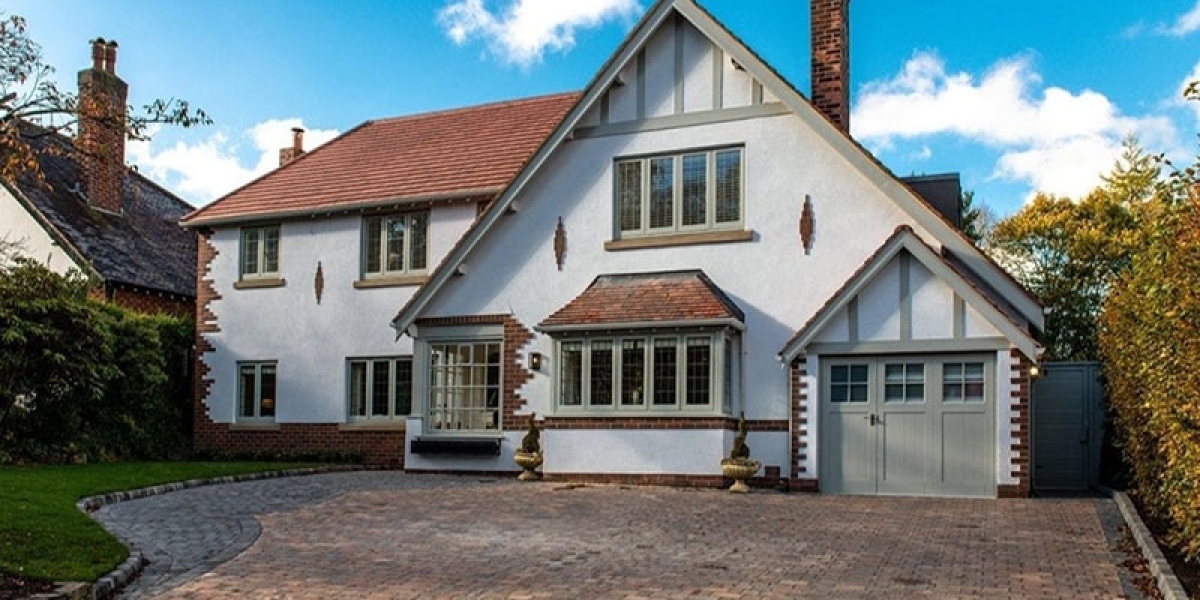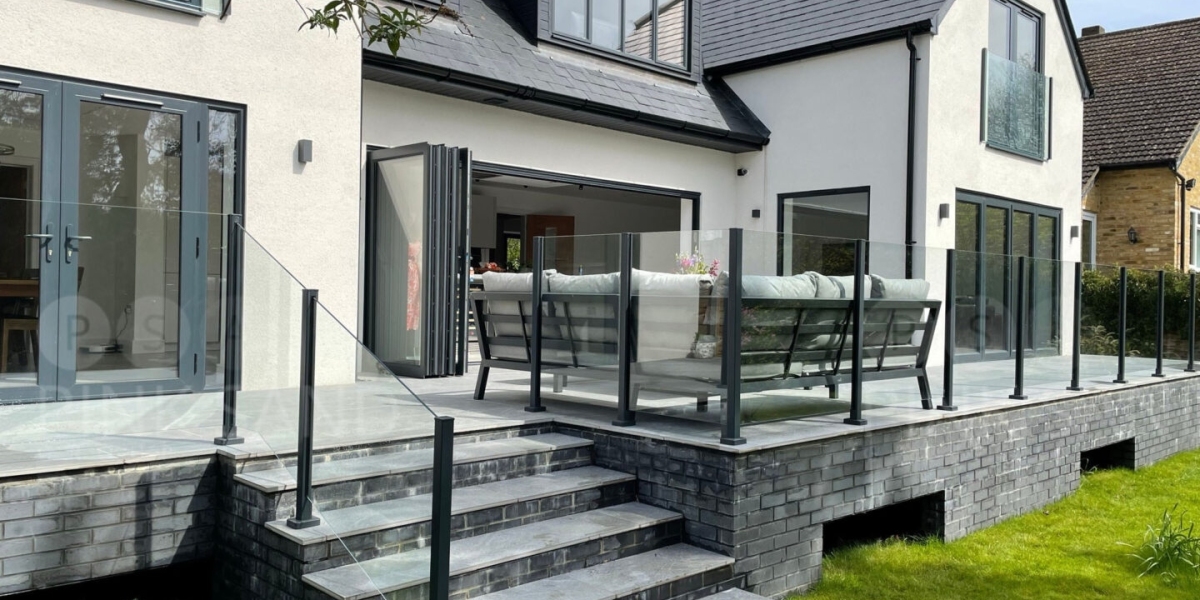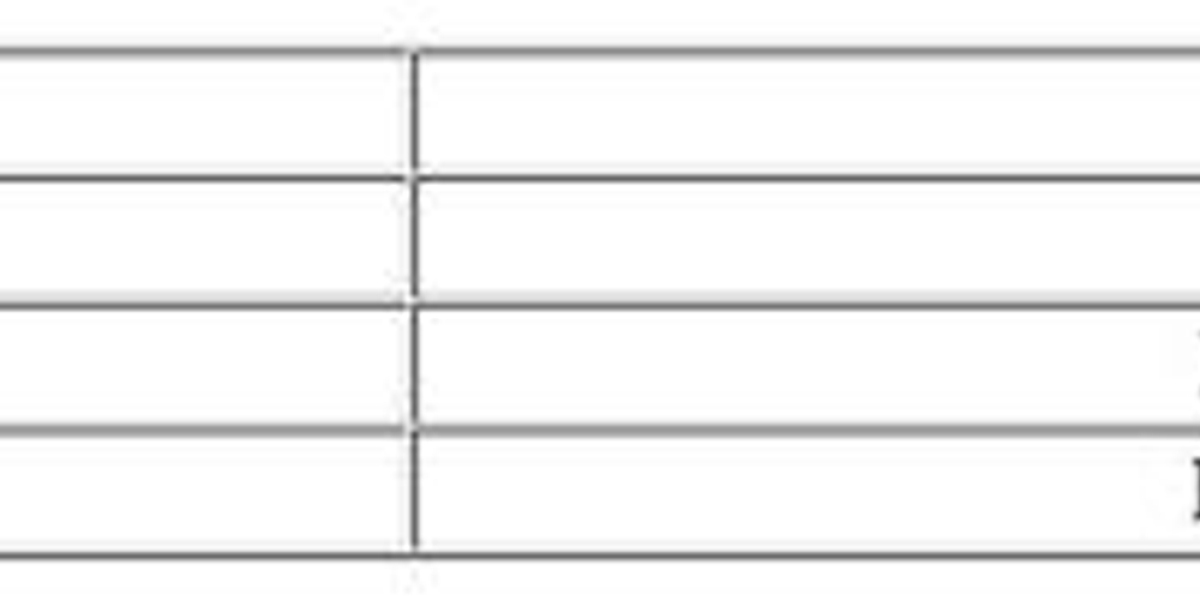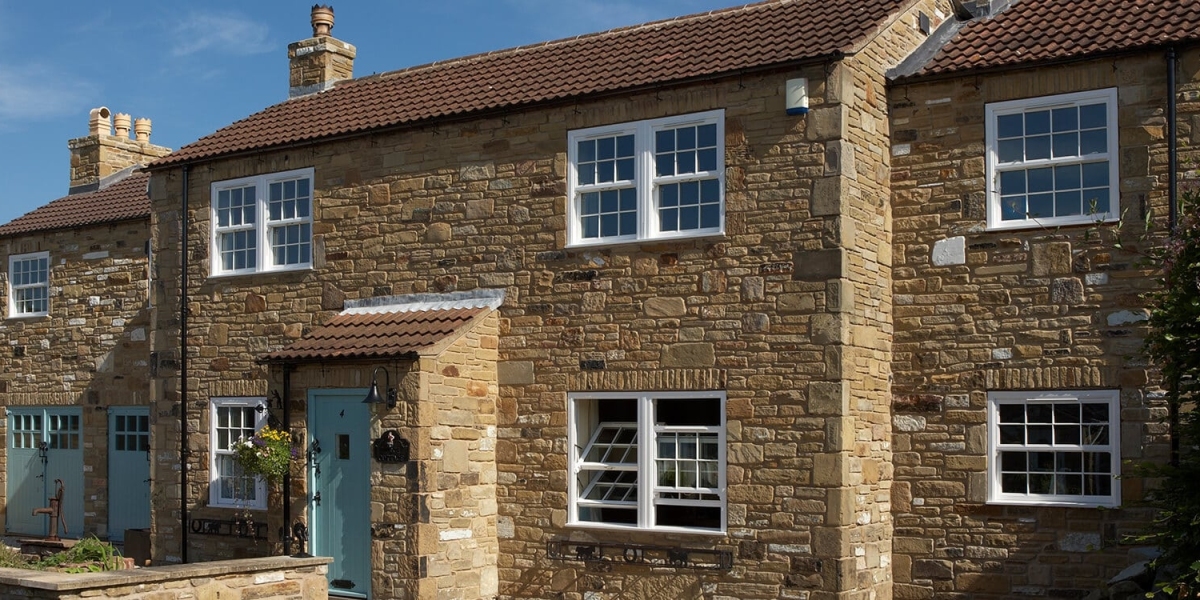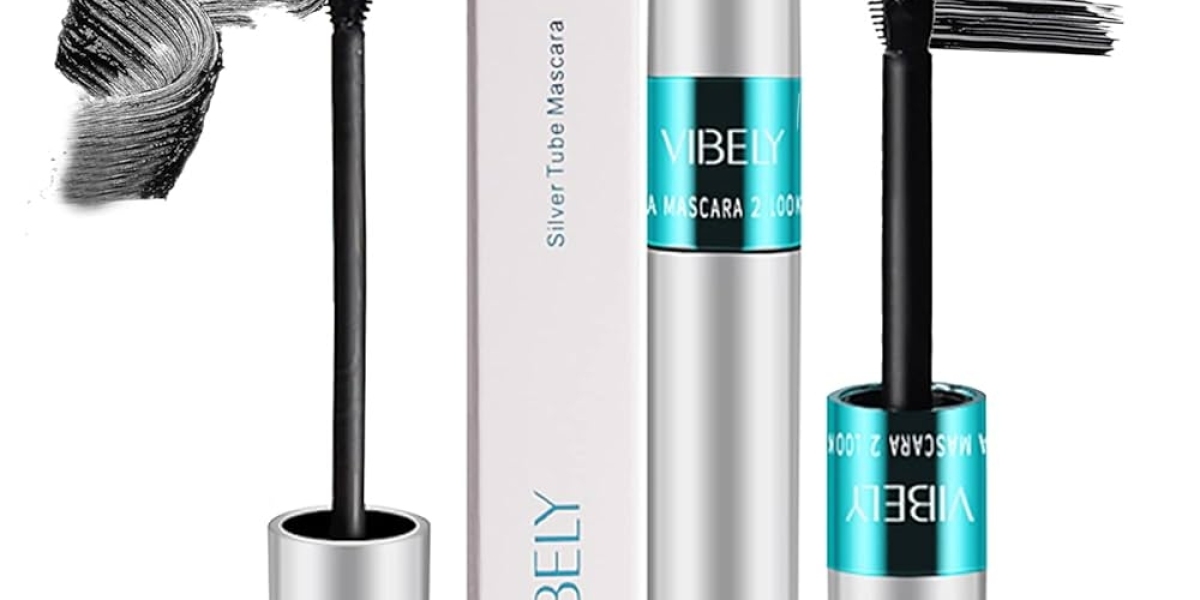Introduction
Aluminium windows have emerged as a popular choice in modern construction and renovation projects due to their durability, aesthetic appeal, and energy efficiency. This report aims to provide a detailed analysis of aluminium windows, covering their composition, advantages, disadvantages, installation processes, maintenance requirements, and market trends.
Composition and Types
Aluminium windows are primarily made from aluminium alloy, which is a combination of aluminium and other elements that enhance its strength and resistance to corrosion. The most common types of aluminium windows include:

- Casement Windows: Hinged on one side, these windows open outward, providing excellent ventilation and unobstructed views.
- Sliding Windows: These windows slide horizontally along a track, making them ideal for spaces where outward opening is not feasible.
- Awning Windows: Hinged at the top and opening outward, awning windows are perfect for providing ventilation while keeping rain out.
- Fixed Windows: These are non-operable windows that do not open, primarily used for enhancing light and views.
- Bi-Fold Windows: Comprising multiple panels that fold away, these windows create a seamless transition between indoor and outdoor spaces.
Advantages of Aluminium Windows
- Durability and Strength: Aluminium is known for its strength-to-weight ratio, making it resistant to warping, cracking, and fading. This durability ensures that aluminium windows can withstand harsh weather conditions and last for decades.
- Low Maintenance: Unlike wood, which requires regular painting and sealing, aluminium windows are easy to maintain. A simple wipe with a damp cloth is often sufficient to keep them looking new.
- Energy Efficiency: Modern aluminium windows often feature thermal breaks, which improve insulation and reduce heat transfer. This energy efficiency can lead to lower heating and cooling costs for homeowners.
- Aesthetic Flexibility: Aluminium windows can be fabricated in various styles and finishes, allowing for customization to match any architectural design. They can be powder-coated in virtually any color, providing a sleek and modern appearance.
- Recyclability: Aluminium is 100% recyclable without loss of quality, making it an environmentally friendly option. This characteristic aligns with the growing demand for sustainable building materials.
Disadvantages of Aluminium Windows
- Cost: While aluminium windows offer long-term savings due to their durability and energy efficiency, their initial cost can be higher compared to other materials like vinyl or wood.
- Thermal Conductivity: Aluminium is a good conductor of heat, which can lead to condensation issues if not properly insulated. This is why thermal breaks are essential in modern aluminium window designs.
- Limited Color Options: Although they can be powder-coated, the color options may be limited compared to other materials, and the finish can fade over time if not properly maintained.
- Noise Transmission: Aluminium windows can transmit noise more effectively than other materials, which may be a concern in noisy urban environments. However, this can be mitigated with double-glazing or acoustic glass options.
Installation Process
The installation of aluminium windows is a critical step that can significantly affect their performance and longevity. The installation process typically involves the following steps:
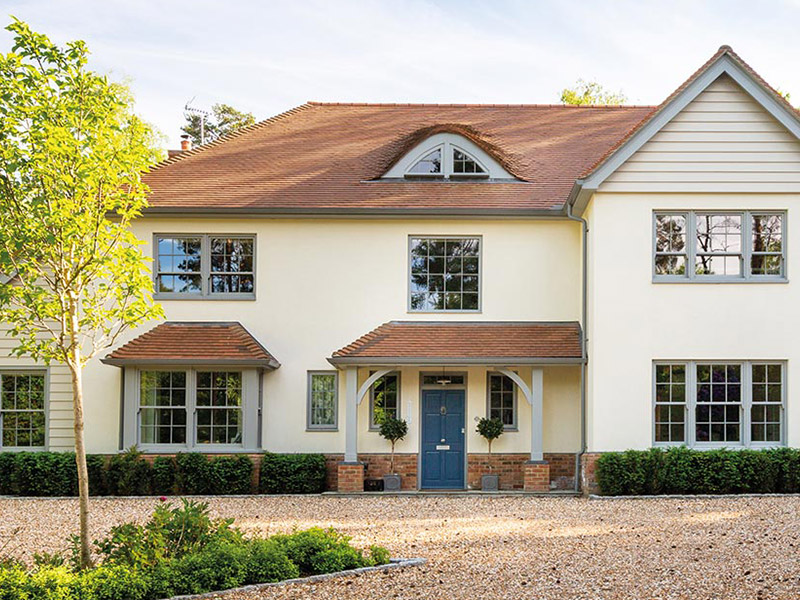
- Measurement: Accurate measurements of the window openings are essential to ensure a proper fit. This step often requires professional assistance.
- Preparation of the Opening: The window opening should be cleaned and prepared, which may involve removing old windows and repairing any damage to the frame.
- Installation of the Frame: The aluminium window frame is then placed into the opening, ensuring it is level and square. This may involve the use of shims to achieve the correct alignment.
- Securing the Window: Once positioned, the window is secured using screws or brackets, and any gaps around the frame are filled with insulation or caulking to prevent air and water infiltration.
- Finishing Touches: Finally, the window is finished with trim and any necessary hardware, https://electionforecast.co.uk/clear-vision-why-glass-partitions-are-the-future-of-office-design/ such as locks and handles, to ensure functionality and security.
Maintenance Requirements
While aluminium windows require minimal maintenance, regular checks and care can prolong their lifespan:
- Cleaning: Routine cleaning with mild soap and water is recommended to prevent dirt buildup. Special care should be taken to clean the tracks and seals to ensure smooth operation.
- Inspection: Regular inspections for signs of wear, such as damaged seals or corrosion, can help identify potential issues before they become significant problems.
- Lubrication: Moving parts, such as hinges and locks, should be lubricated periodically to ensure smooth operation.
- Repainting: If powder-coated finishes show signs of fading or chipping, a repainting may be necessary to maintain aesthetic appeal.
Market Trends
The aluminium window market has seen significant growth in recent years, driven by increasing demand for energy-efficient and sustainable building materials. Key trends include:
- Smart Technology Integration: The incorporation of smart technology in windows, such as automated opening and closing mechanisms, is becoming more prevalent, catering to the tech-savvy consumer.
- Increased Customization: Manufacturers are offering more customization options, allowing homeowners to choose specific colors, finishes, and configurations that suit their individual tastes.
- Focus on Sustainability: As sustainability becomes a priority in construction, the demand for recyclable and energy-efficient materials like aluminium is expected to rise.
- Enhanced Thermal Performance: Advances in technology are leading to the development of better thermal breaks and insulation materials, further improving the energy efficiency of aluminium windows.
Conclusion
Aluminium windows represent a blend of durability, aesthetic appeal, and energy efficiency, making them a popular choice for modern construction and renovation projects. While they come with certain disadvantages, their benefits often outweigh the drawbacks, especially when considering long-term performance and sustainability. As market trends evolve, aluminium windows will continue to play a crucial role in the future of architecture and design.
